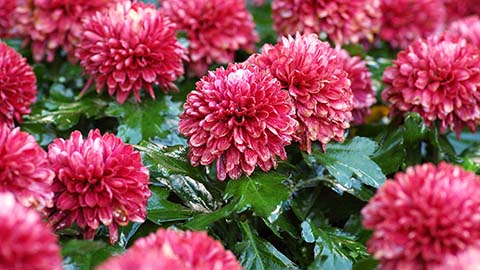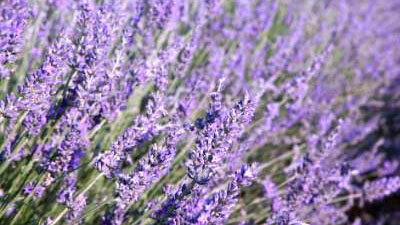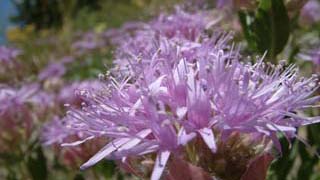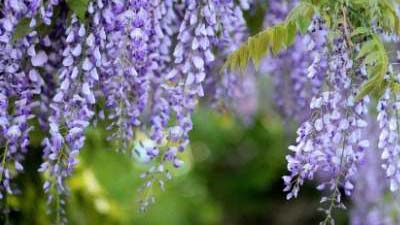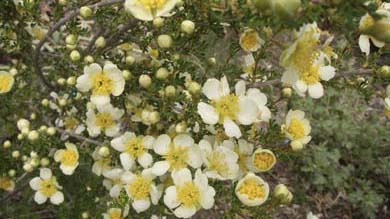Little Bluestem in the Landscape

Schizachyrium scoparium
Description
Perennial, warm season bunchgrass; blue-green foliage turning bronze in the fall. Flowers in mid to late summer; heads are tufted racemes. Plants can reach heights of up to 4 feet. This plant can be found naturally in desert surroundings, along waterways, and in rock crevices. This is a long-living plant that can be used ornamentally as a specimen, in a rock garden, or anywhere soil stabilization is desired. In winter, the seeds are favored by small birds.
Cultural Requirements
- Native Habitat: native all over the U.S. to prairies, dry hills, woodlands
- Soil: well drained, low fertility, pH 5.0-8.4
- Cold Tolerance: hardy to -38°F
- Drought Tolerance: high
- Salt Tolerance: not tolerant
- Sun/Shade Preference: full sun
- Transplanting: easy
- Propagation: seed or division
- Maintenance: crop to no less than 8 inches in early fall or late spring
- Pest Problems: no serious pest problems
Landscape Value
- Use in the Landscape: specimen, soil stabilization, wildlife protection and food source
- Foliage: showy, attractive fall color
- Inflorescence: fine-textured
- Color: summer: early July - mid-september; fall and winter: mid-september on
- Fruit (seedheads: feathery appearance when mature
- Form: upright, tight, vertical lines
- Texture: fine to medium
- Ultimate Size: 3 to 4 feet
- Rate of Growth: Moderate; full height in 2 years
- Plant Community: parkland, pinyon-juniper, cool-desert shrub
- Availability: “Utah’s Choice” selection
- Cultivars: ‘Blaze’: compact, intense pink-orange fall color; ‘The Blues’: intense blue leaf color
Additional Photos
References
- Mee, W., J. Barnes, R. Kjelgren, R. Sutton, T. Cerny, and C. Johnson. 2003. Waterwise: Native Plants for Intermountain Landscapes. Utah State University Press, Logan, UT.
- USDA Plants Database. 2007. URL: http://plants.usda.gov.
Utah State University Extension
Peer-reviewed fact sheet
Download PDF
Authors
Heidi Kratsch, Extension Ornamental Horticulture Specialist
Graham Hunter, Research Associate, Center for Water Efficient Landscaping
Related Research




